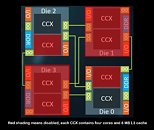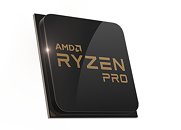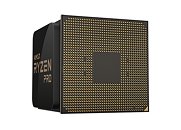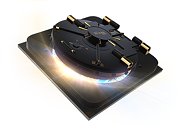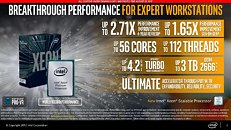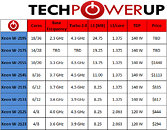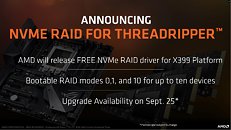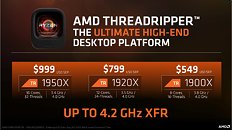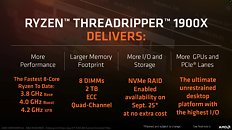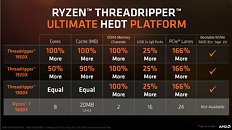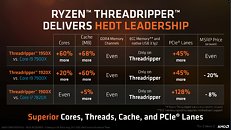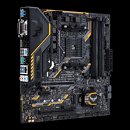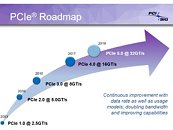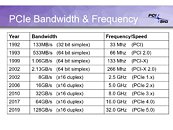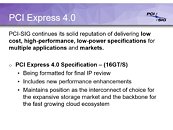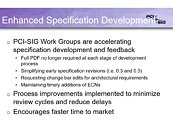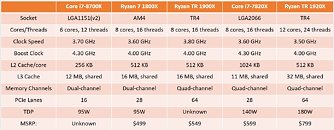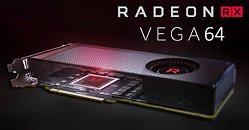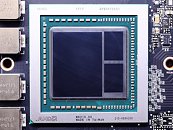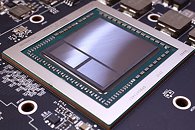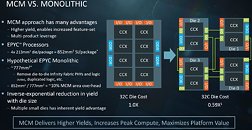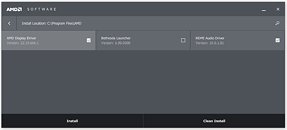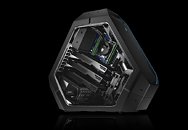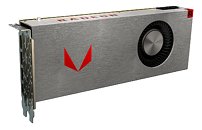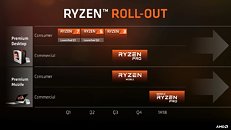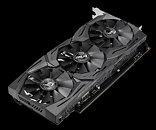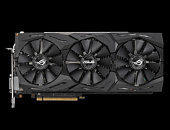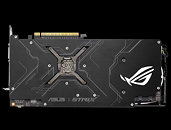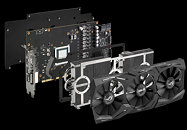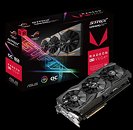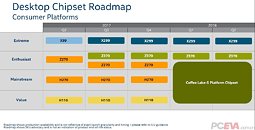UPDATE 1, 1PM UTC: The first cards have started trickling in, with Vega 56 being available on Overclockers UK for £379 ($490), and MindFactory.de for €409 (~$490, max. 2 units limit per customer on MindFactory). Note the £379 on Overclockers UK is being listed as a "Launch Only" price, so I think we can all agree on where this is headed.
UPDATE 2, 1:11 PM UTC: Stock on MindFactory.de is gone. Last information on "More than 5" sold. 4 in stock at Overclockers UK at 13:15 PM UTC. 1 in stock at 13:16 PM UTC. If you want one of these, pull the trigger; pricing will be £470 ($608) for one of these with two "free games". All gone from Overclockers UK at £379, 13:25 PM.
UPDATE 3, 1:28 PM UTC: Well, if stock existed, it was gone so fast I couldn't even press F5 in time. Stock on Newegg at $399 is gone.
August 28th marks the date when AMD's RX Vega 56 graphics card will enter retail sales (1 PM UTC). Whether or not that will happen at AMD's MSRP of $399 remains to be seen, but we are cautiously pessimistic on that front, considering what has been
happening with its big brother, RX Vega 64, since its introduction to the market. Industry sources point towards a continued limited supply of Vega 64 graphics cards
at least until October; and since the Vega 56 graphics card makes use of the same GPU, HBM2 memory stacks, and packaging process for its interposer, chances are it will see the same problems as its more expensive brethren.
Expect this space to be updated as soon as these cards hit retail, with the current pricing and stock availability (or unavailability, if that ends up being the case). Considering all of the above and the fact that Vega 56 is
the most interesting model in the Vega family, if you want one of these at the retail $399, and paraphrasing an esteemed gaming character, you "gotta go fast".




